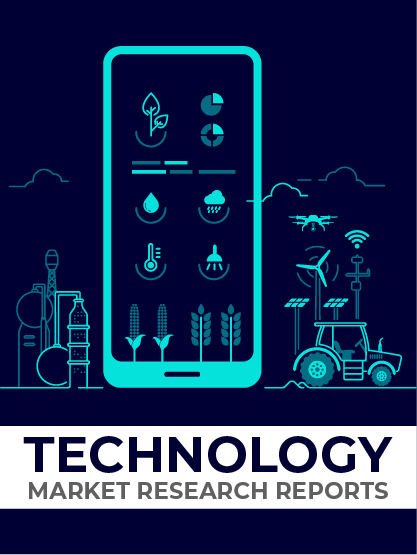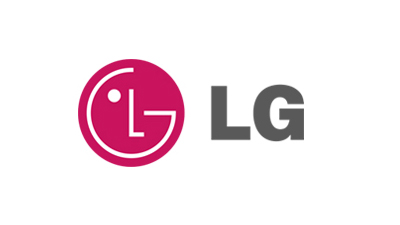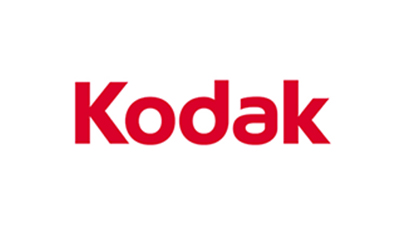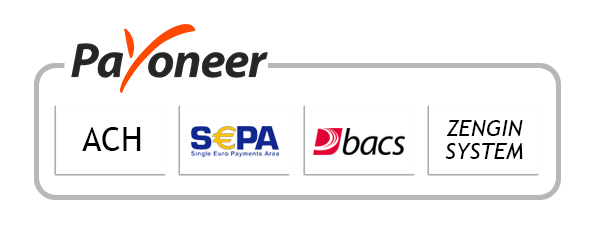
-
Report ID 138243 -
Published Date Jan. 2024 -
Delivery Format PDF/PPT/Word -
Editor's Rating
-
Report Details
Report Overview
The Generative AI in Augmented Reality Market size is expected to be worth around USD 23.10 Billion by 2033, from USD 1.8 Billion in 2023, growing at a CAGR of 35.5% during the forecast period from 2024 to 2033.
Generative AI, combined with augmented reality (AR), has the potential to revolutionize various industries by creating immersive and interactive experiences. The integration of generative AI into AR technologies opens up new possibilities for creative content generation, personalized user experiences, and enhanced virtual interactions
Generative AI refers to the use of machine learning algorithms to generate content, such as images, videos, or 3D models, that is novel and unique. When combined with augmented reality, generative AI enables the real-time creation and manipulation of virtual objects and environments. It allows for dynamic and personalized AR experiences, where virtual elements can adapt and respond to user input and real-world conditions.
One application of generative AI in AR is object recognition and tracking. By leveraging AI algorithms, AR systems can accurately identify and track physical objects in real-time, enabling seamless integration of virtual content with the real world. This capability opens up opportunities for interactive product visualization, virtual try-on experiences, and immersive gaming scenarios.
Component Analysis
In 2023, the Software segment held a dominant market position in the Generative AI in Augmented Reality (AR) market, capturing a significant market share. This dominance can be attributed to several key factors. Firstly, the software is the core enabler of generative AI capabilities within AR applications, driving the primary functionalities such as image recognition, natural language processing, and machine learning algorithms. These functionalities are integral to enhancing user experiences and expanding the potential use cases of AR in various sectors including gaming, retail, and healthcare.
Moreover, the continuous innovation in software development, characterized by advancements in algorithmic efficiency and user interface design, has significantly improved the accessibility and usability of AR technologies. This progress has led to a surge in demand for AR applications, further consolidating the software segment’s market dominance.
Application Analysis
In 2023, the Gaming and Entertainment segment held a dominant market position in the Generative AI in Augmented Reality (AR) market, capturing a more significant share compared to other applications such as Enterprise and Education. This dominance is primarily driven by the immersive and interactive experiences that Generative AI-powered AR technologies bring to gaming and entertainment, significantly enhancing user engagement and satisfaction.
The appeal of AR in gaming and entertainment lies in its ability to overlay digital information onto the physical world, creating a more engaging and interactive user experience. This has been particularly resonant in the gaming sector, where AR games like those featuring location-based experiences have seen a substantial uptick in popularity. For example, the success of AR mobile games, which combine the real world with virtual gaming elements, has not only attracted a wider audience but also set new standards in gaming experiences.
Moreover, the entertainment industry has leveraged AR to create immersive experiences in events, movies, and theme parks, further bolstering the segment’s market share. This is evidenced by the increasing investments in AR projects by major entertainment studios and event organizers, aiming to provide unique and memorable experiences to consumers.
End-User
In 2023, the Enterprise segment held a dominant market position in the Generative AI in Augmented Reality (AR) market, capturing a larger share compared to the Consumer segment. This can be largely attributed to the increasing adoption of AR technologies by various industries for enhancing operational efficiency, training, and customer engagement.
The application of Generative AI in AR within the enterprise sector is diverse, ranging from manufacturing to healthcare. In manufacturing, AR is used for complex assembly, maintenance, and quality control, reducing errors and increasing productivity. The healthcare sector utilizes AR for advanced surgical procedures and medical training, offering improved precision and learning experiences.
Another driving factor for the dominance of the enterprise segment is the substantial investment by businesses in AR for marketing and customer service. Retailers, for example, use AR to provide virtual try-on experiences, thereby improving customer satisfaction and engagement. In the real estate and architecture industries, AR is used for visualizing designs and properties, enhancing decision-making processes.
Key Market Segments
Component
- Software
- Services
Application
- Gaming and Entertainment
- Enterprise
- Education
End-user
- Consumer
- Enterprise
Regional Analysis
In 2023, North America held a dominant market position in the generative AI in augmented reality market, capturing more than a 30% share. The region’s leading position can be attributed to several factors, including the presence of major technology companies, a strong focus on innovation, and robust investments in AR and AI research and development.
The United States, in particular, emerged as a significant contributor to market growth, driven by the increasing adoption of AR technologies across industries such as retail, gaming, and advertising. Furthermore, the availability of advanced hardware infrastructure, such as high-performance smartphones and AR headsets, has facilitated the widespread use of generative AI in AR applications. The market in North America is expected to continue its growth trajectory, propelled by ongoing technological advancements, strategic partnerships, and the continuous development of sophisticated generative AI algorithms.
In Europe, the generative AI in augmented reality market witnessed substantial growth during the same period. The region’s market expansion can be attributed to the presence of a mature technology ecosystem, strong government support, and a high level of digital adoption. European countries like the United Kingdom, Germany, and France have been at the forefront of AR and AI innovation, driving market growth through research and development activities, as well as collaborations between academia and industry.
With the increasing application of generative AI in sectors such as retail, entertainment, and healthcare, the European market is poised for further advancement. Additionally, the rising popularity of AR-based consumer applications and the integration of generative AI in industrial processes are expected to fuel market growth in the region.
Key Regions and Countries Covered in this Report:
- North America
- The US
- Canada
- Europe
- Germany
- France
- The UK
- Spain
- Italy
- Russia
- Netherland
- Rest of Europe
- APAC
- China
- Japan
- South Korea
- India
- Australia
- New Zealand
- Singapore
- Thailand
- Vietnam
- Rest of APAC
- Latin America
- Brazil
- Mexico
- Rest of Latin America
- Middle East & Africa
- South Africa
- Saudi Arabia
- UAE
- Rest of MEA
Key Players Analysis
- Microsoft Corporation
- Google LLC
- Facebook Inc. (Meta)
- NVIDIA Corporation
- Qualcomm Technologies Inc.
- Apple Inc.
- Magic Leap Inc.
- PTC Inc.
- Epic Games Inc.
- Samsung Electronics Co. Ltd.
- Other Key Players
-
Table Of Content
Research Insights & Deliverables
 Development and Future Forecast
Development and Future Forecast Competitive benchmarking
Competitive benchmarking Company Revenue Statistics
Company Revenue Statistics Rising Regional Opportunities
Rising Regional Opportunities Technology Trends and Dynamics
Technology Trends and Dynamics Technology Assessment
Technology Assessment
-
Inquiry Before Buying
Research Insights & Deliverables
 Development and Future Forecast
Development and Future Forecast Competitive benchmarking
Competitive benchmarking Company Revenue Statistics
Company Revenue Statistics Rising Regional Opportunities
Rising Regional Opportunities Technology Trends and Dynamics
Technology Trends and Dynamics Technology Assessment
Technology Assessment
-
Request Sample
Research Insights & Deliverables
 Development and Future Forecast
Development and Future Forecast Competitive benchmarking
Competitive benchmarking Company Revenue Statistics
Company Revenue Statistics Rising Regional Opportunities
Rising Regional Opportunities Technology Trends and Dynamics
Technology Trends and Dynamics Technology Assessment
Technology Assessment














